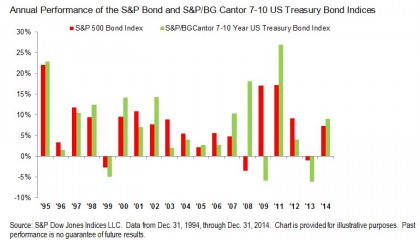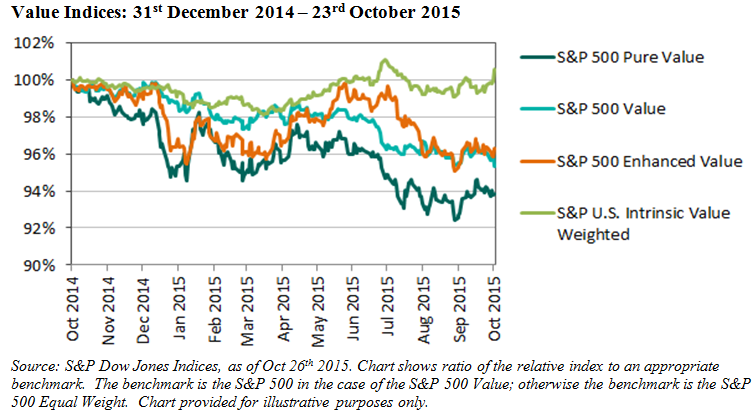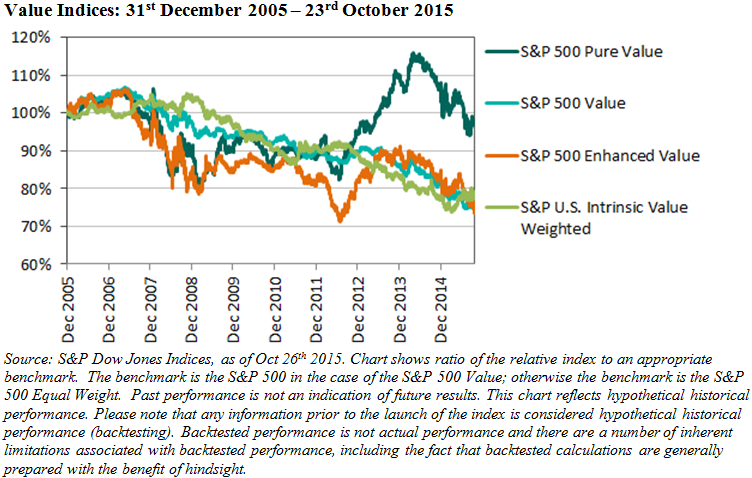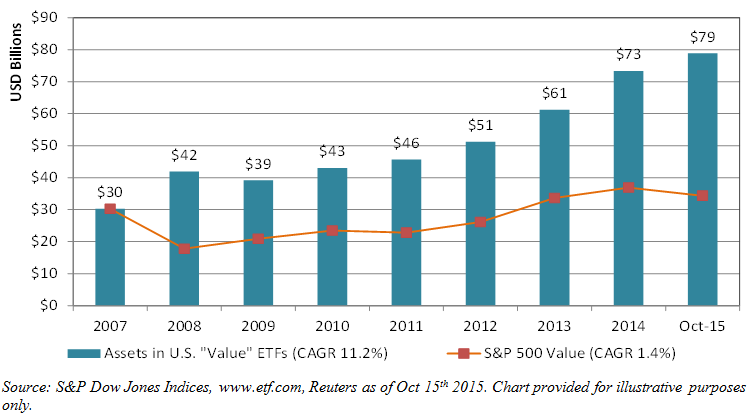The statement issued by the FOMC, the Fed’s policy making unit, following its meeting on Wednesday sent a clear message that the central bank expects to raise interest rates at its next sit-down in December. Thursday morning at 8:30 AM the Bureau of Economic Analysis published the advance estimate of third quarter GDP showing a 1.5% real (inflation adjusted) annual growth rate for the economy, down by more than half from the second quarter’s 3.9% pace. Is the Fed right to be bullish on the economy or were they as disappointed by the GDP report as most other people?
First, the FOMC’s statement: the key change was dropping the warning, “Recent global economic and financial developments may restrain economic activity somewhat and are likely to put further downward pressure on inflation in the near term” from September’s statement. The current statement goes on to reiterate that “economic activity will expand at a moderate pace with labor market indicators continuing to move towards levels the Committee judges consistent with its dual mandate.” Finally, the statement makes mention of raising interest rates and notes that any action will be based on both actual data and expected developments: “In determining whether it will be appropriate to raise the target range [for the Fed funds rate] its next meeting, the Committee will assess progress – both realized and expected – towards its objectives of maximum employment and two percent inflation.”
In simple terms, unless the economy is a lot worse than we think, we will raise interest rates by Christmas.
The top line GDP number looks weak, but a glance at the details shows that the Fed’s position is consistent the GDP release. If one ignores inventories and imports and looks at the growth in real final sales of domestic product, the third quarter figure is 3.0%, down from 3.9%, a modest drop. There were some soft spots in third quarter GDP, but nothing alarming. Personal consumption expenditures were up 3.2% at real annual rates compared to 3.6% in the second quarter, total government expenditures and investment (which excludes transfer payments like social security) slowed as did construction. Imports – which reflect buying by domestic purchasers and reduces GDP – grew faster in the third than the second quarter. Exports grew, but less rapidly, than in the previous quarter.
All in all, the GDP report was reasonably good even if the headline was a cause for concern. In any event, it will be revised at the end of November, before the next FOMC meeting. Most revisions generate a small improvement.
The chart compares GDP growth with the growth in final sales of domestic product. The latter excludes volatile inventory moves and may give a more accurate picture of the economy. Growth rates throughout are seasonally adjusted real annual rates.
The posts on this blog are opinions, not advice. Please read our Disclaimers.



















































